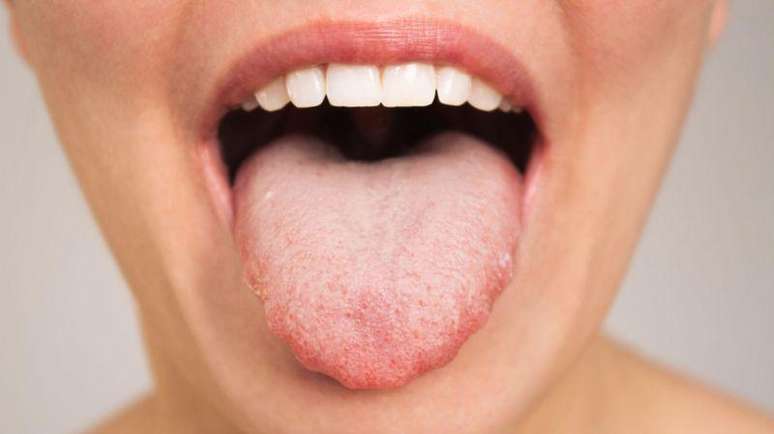A recent study shows that language can be as individual as a fingerprint, which would help us understand why we like some foods and reject others.
Longer, shorter, broken or not, our languages are, at first glance, not so different from each other.
However, a 3D analysis of this complex and sophisticated organ revealed that it is a structure with characteristics as individual as those of our fingerprints.
The differences are not only limited to the number of taste buds – those fleshy protuberances that cover the surface – but also to the shape of these structures.
“From a single papilla we were able to identify a person with an accuracy of 48% (in a study group of 15 participants),” explains Rayna Andreeva, a doctoral candidate at the University of Edinburgh, Scotland, and leader of the study .
The analysis of a single papilla also made it possible to predict a person’s sex and age with moderate accuracy, up to 67%-75%.
Although still ongoing, Andreeva notes, “our study provides preliminary evidence that (the languages) are truly unique.”
The research, carried out in collaboration with scientists from the University of Leeds, in England, was published in the scientific journal Scientific reports.
Structure
According to the study, these unique differences between each language could also be key to understanding why we like some foods and reject others.

People who have, for example, a greater number of fungiform papillae – those which resemble the shape of a mushroom and are distributed mainly on the edges and tip of the tongue – may not like dark chocolate or lemon, because they perceive these foods with much more intensity..
But what also influences our taste are the taste buds that perform a mechanical function and allow the tongue to feel the texture and friction of what we eat, says Andreeva.
Therefore, he adds, understanding why we prefer some foods over others can help us choose healthier foods, for example, but with textures that we find more pleasant.
“We believe that taste is extremely important, and that’s true. But the texture of food also gives us a lot of pleasure,” Andreeva tells BBC News Mundo (the BBC’s Spanish news service).
And what connection is there between the individuality of each language and diseases? Is it possible to make a diagnosis by studying the shape and distribution of the papillae?
“This is something we will investigate in the next stage,” explains Andreeva.
“But we know, for example, that there is an autoimmune disease called Sjögren’s syndrome, in which the shape of one type of papillae (the thread-like ones) is flatter.”
Previous studies, he adds, have shown that the shape of these structures is linked to the syndrome.
But further research is needed to establish the link between a medical condition and speech characteristics, Andreeva reminds.
Source: Terra
Ben Stock is a lifestyle journalist and author at Gossipify. He writes about topics such as health, wellness, travel, food and home decor. He provides practical advice and inspiration to improve well-being, keeps readers up to date with latest lifestyle news and trends, known for his engaging writing style, in-depth analysis and unique perspectives.









